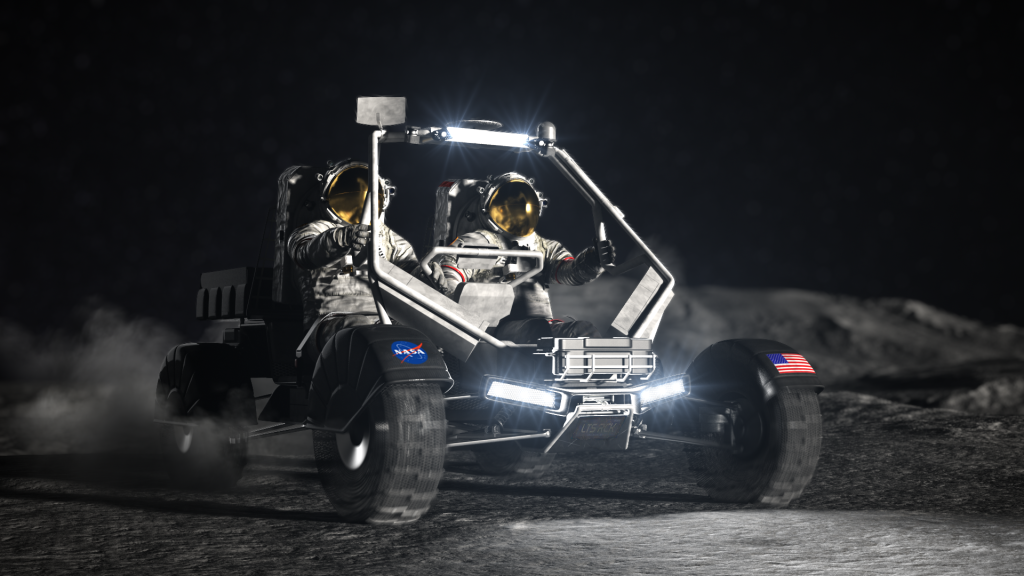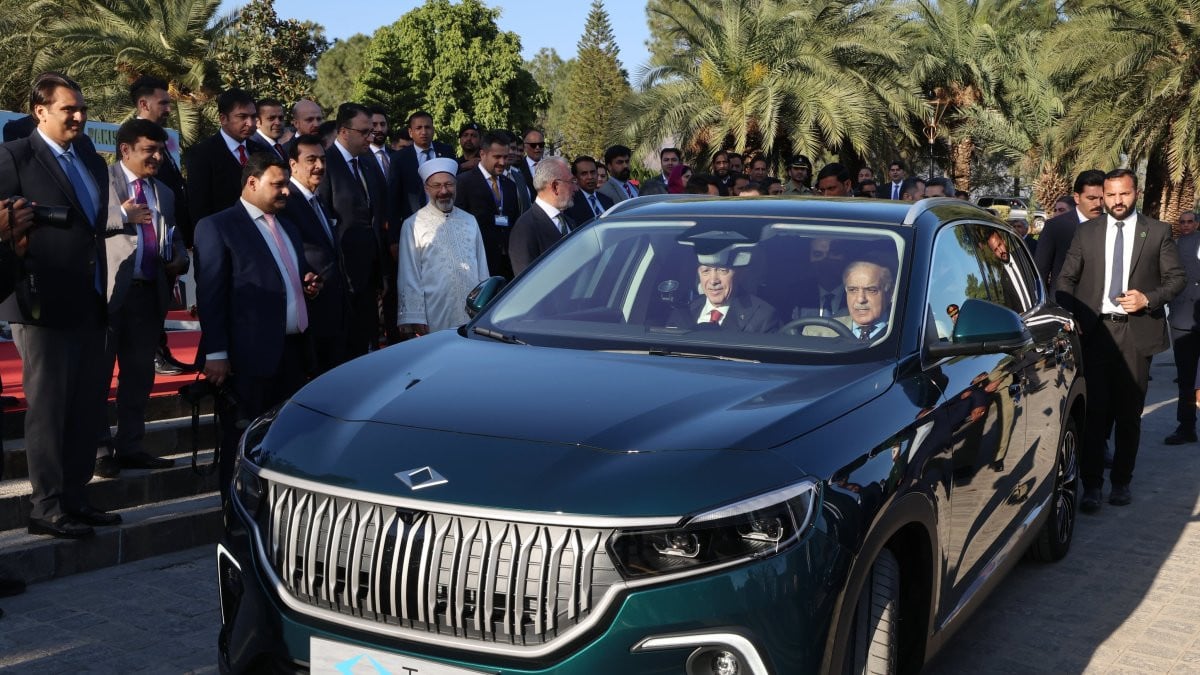NASA Tests New Lunar Rover for 2026 Artemis Mission

1. Introduction: A Leap Forward in Lunar Mobility
NASA has begun comprehensive testing of a cutting‑edge Lunar Terrain Vehicle (LTV) prototype ahead of the 2026 Artemis mission, marking a significant stride in human lunar exploration. These trials at Johnson Space Center are part of a broader strategy to ensure astronauts can traverse the moon’s harsh south‑pole terrain safely and effectively.
2. Artemis Program and Rover Strategy
As the next phase of lunar exploration, Artemis V and later missions intend to land astronauts near the moon’s south pole. To support extended surface activities, NASA initiated the Lunar Terrain Vehicle Services (LTVS) contract in April 2024, awarding development to three commercial vendors: Intuitive Machines, Lunar Outpost, and Venturi Astrolab scitechdaily.com+9spacenews.com+9executivegov.com+9spaceandtelescope.com+10en.wikipedia.org+10nasa.gov+10. Each company has delivered an initial Ground Test Unit (GTU)—a mock‑up rover—for rigorous evaluation.
3. The Ground Test Unit: Engineering Testbed
Nicknamed the Ground Test Unit, this unpressurized prototype serves as an essential engineering platform. It allows engineers to evaluate crew compartment design, rover maintenance, payload integration, and operator interfaces before deploying final rover versions rose-hulman.edu+4scitechdaily.com+4space.com+4.
4. Testing Environment: Simulating Lunar Gravity
Trials are conducted inside NASA’s Active Response Gravity Offload System (ARGOS), a facility replicating lunar gravity by suspending suited subjects at one‑sixth Earth gravity. Between October and December 2024, engineers and astronauts wearing both NASA’s planetary and Axiom Space’s lunar EVA suits evaluated how well each GTU facilitates mobility, ingress, egress, and tool handling in simulated lunar conditions newsweek.com+3nasa.gov+3nasa.gov+3.
5. Operator Feedback and Crew‑Centric Design
In a “human‑in‑the‑loop” approach, NASA test subjects—including astronauts like Raja Chari, Randy Bresnik, Jessica Meir, Frank Rubio, and Joe Acaba—performed driving maneuvers, tool retrieval, cargo loading, display assessments, and emergency drills. Their feedback influences iterative improvements in rover ergonomics, controls, and safety features nasa.gov+2nasa.gov+2nasa.gov+2.
6. Vendors and Their Concepts
- Intuitive Machines’ Moon RACER: Features remote‑control capability and compatibility with Boeing, Michelin, and Northrop Grumman components spacedaily.com+9thesun.co.uk+9nasa.gov+9.
- Lunar Outpost’s Eagle: Designed for crewed operations with Goodyear wheels, emphasizing rugged performance spaceandtelescope.com+11thesun.co.uk+11nasa.gov+11.
- Venturi Astrolab’s FLEX: A modular logistics rover that supports both human and autonomous operations, transportable by SpaceX’s Starship nasa.gov+12arstechnica.com+12spaceandtelescope.com+12.
7. Engineering Challenges: Harsh Lunar Conditions
The LTV prototypes must operate through extreme temperatures (from –240 °C night to +130 °C day), handle radiation exposure, and transport two suited astronauts plus payloads. They’re expected to include autonomous driving modes, self‑leveling, and remote control spaceandtelescope.com+3thesun.co.uk+3scitechdaily.com+3.
8. Project Timeline and Future Roadmap
- 2024: GTUs delivered; static and dynamic testing at Johnson Space Center completed executivegov.com+7nasa.gov+7space.com+7.
- 2025: NASA will solicit full demonstration mission proposals to deliver functional LTVs to the lunar surface ahead of Artemis V space.com+10nasa.gov+10en.wikipedia.org+10.
- 2030: Artemis V—earliest planned deployment of operational LTVs during crewed lunar missions .
9. Scientific and Operational Benefits
An unpressurized LTV enables astronauts to cover greater distances, carry more scientific instruments, and gather diverse samples—unlocking deeper lunar exploration and laying groundwork for eventual Martian missions nasa.gov+2scitechdaily.com+2spacedaily.com+2.
10. Commercial Partnerships: Spurring Innovation
By engaging commercial providers, NASA leverages private expertise in automotive, robotics, and aerospace—creating a sustainable technological ecosystem aligned with broader Artemis objectives newsweek.com+11en.wikipedia.org+11nasa.gov+11.
11. Conclusion: Paving the Way for Sustainable Lunar Presence
Through rigorous GTU testing, human‑centric design, and vendor collaboration, NASA moves closer to delivering rovers that will fundamentally enhance lunar exploration. These efforts not only bolster Artemis missions but also set the stage for long‑duration human presence on the moon and the path to Mars.





